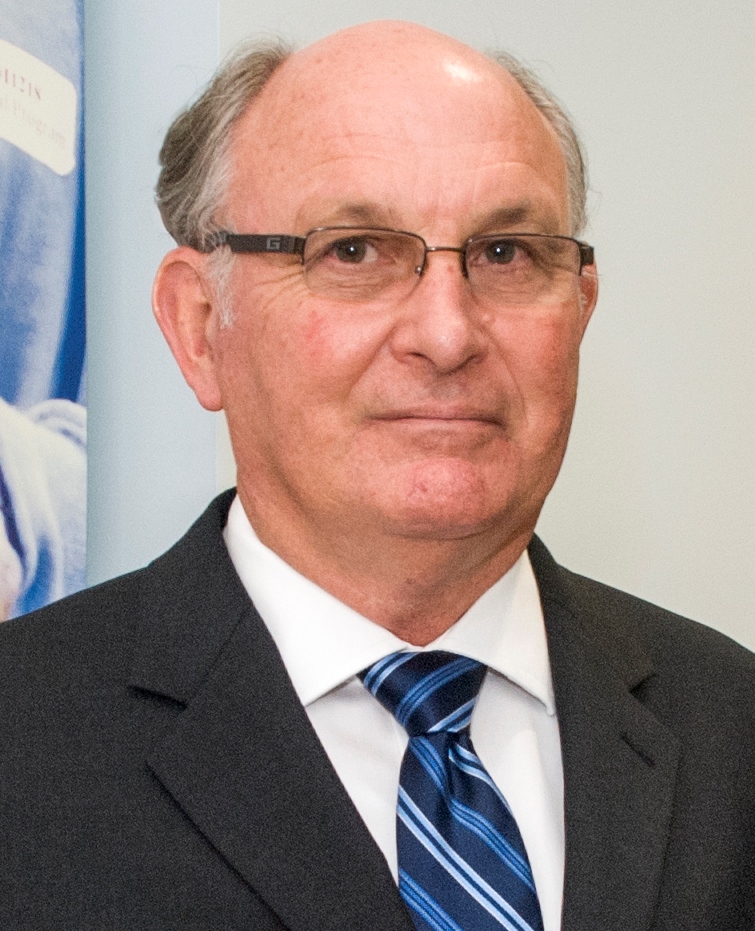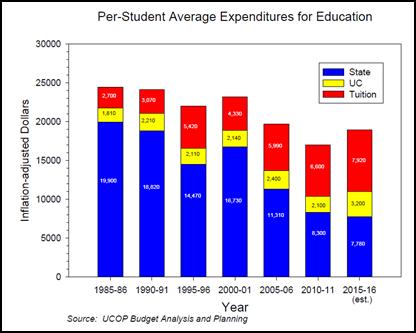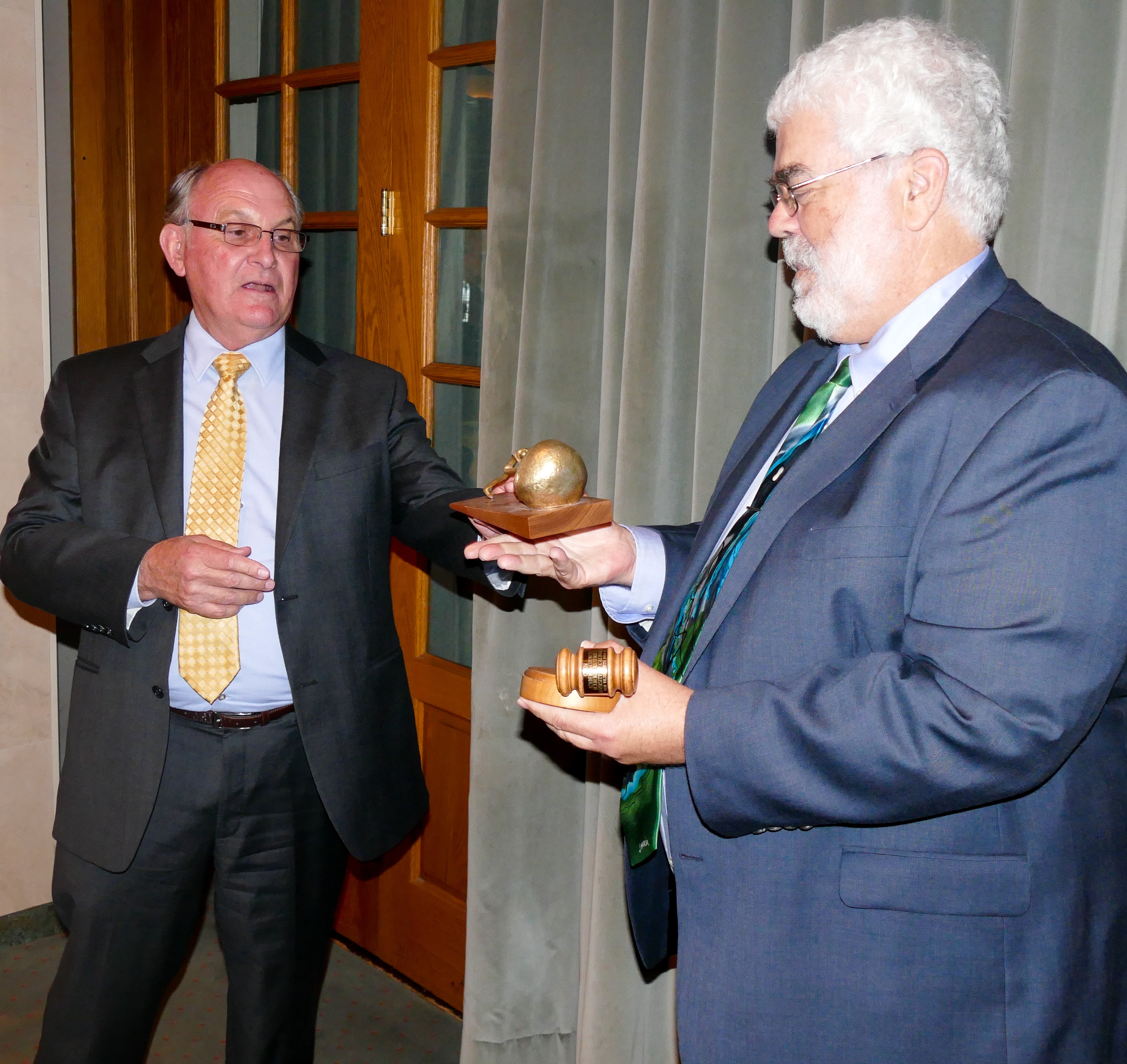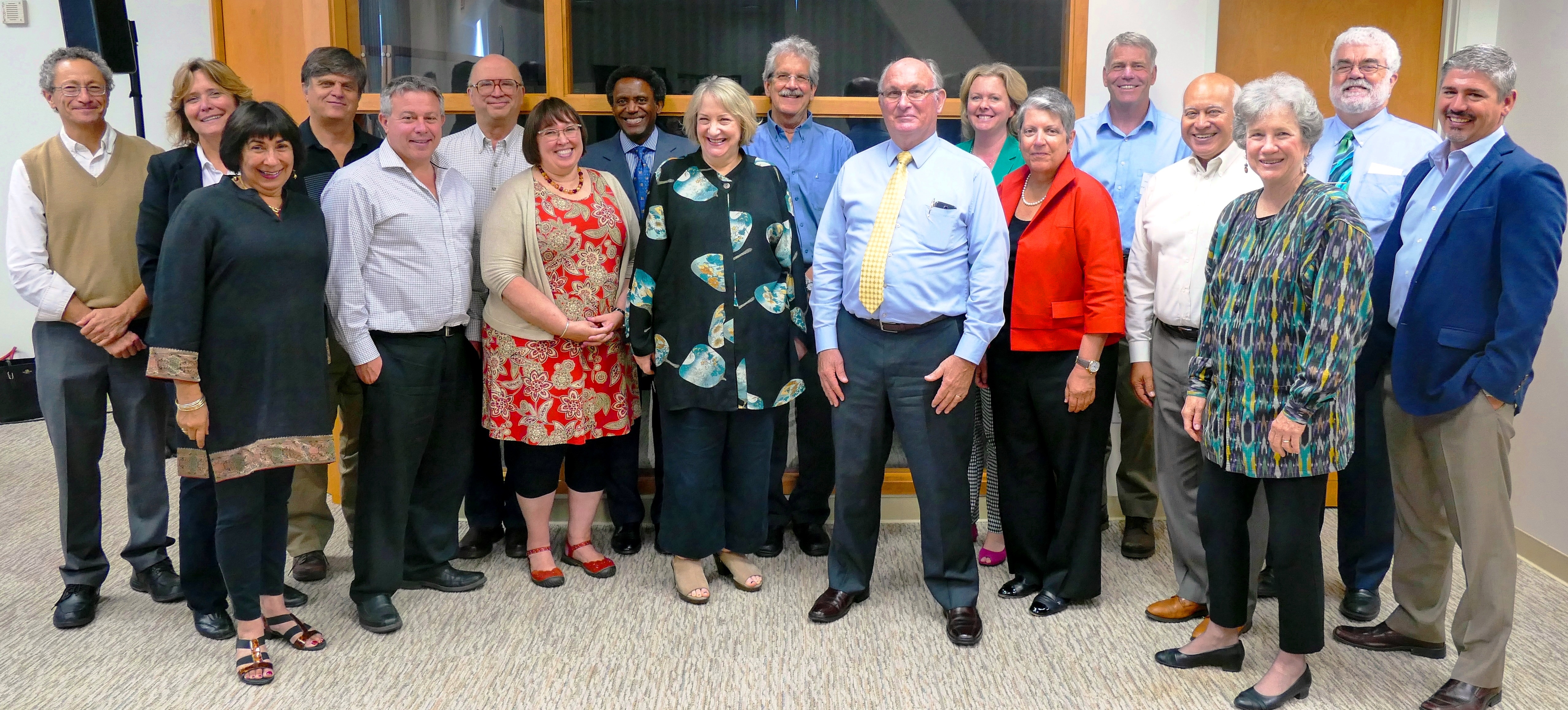August 2016
 NOTES FROM THE ACADEMIC SENATE CHAIR
NOTES FROM THE ACADEMIC SENATE CHAIR
DAN HARE
Dear Colleagues,
As my term as 2015-16 Senate Chair concludes, I want to offer some thoughts about the Senate’s accomplishments this past year and about the future of the University.
The Senate met several challenges in the form of “programmatic initiatives” that were included the 2015-16 state budget. One major accomplishment brought campus faculty together to develop systemwide UC Transfer Pathways for 11 majors, making a total of 21 majors with Pathways. The Senate, through BOARS, also examined the potential use of C-ID, the common course numbering system used by the California Community Colleges and CSU. UCEP was the lead Senate committee in responding to a request to reexamine policies on alternative credits, primarily AP credit and Credit By Examination, and I anticipate work will finish on this initiative by the end of the calendar year.
Those of us on the Retirement Options Task Force were challenged to develop a new retirement plan aligned with the State’s PEPRA cap that was also competitive, did not threaten the viability of UCRP, and saved money. The final plan, in the form of the 2016 Tier, is reasonable for new faculty hired near the median salary, but less competitive for faculty hired at higher salaries. I warned the Regents that the new tier could increase turnover of assistant professors and mid-career faculty, lead to greater emphasis on salary over benefits in negotiations, and cause faculty who remain at UC to delay retirement. I hope these predictions prove to be incorrect, but we are unlikely to know much for several years.
Strict protocols govern communications between faculty and Regents, so I was surprised to receive a phone message from the Chair of the Regents in September inviting me to participate on the Regents Working Group on Intolerance. Several months later, the Regents approved a policy Statement Against Intolerance that respects the First Amendment and academic freedom. As a member of the Working Group, I was able to communicate directly with the Regents on the Working Group; this led to positive amendments and improvements to the Statement just before the March meeting.
I found out how valuable my service on the Riverside Charges and P&T committees was when I began a long project on the Joint Committee empaneled by President Napolitano to examine the policies and procedures for the investigation and discipline of faculty members accused of sexual misconduct. My goal throughout the project was not only to fix what was broken but also to avoid fixing what was not broken. This process has been successful and is close to completion.
Like many others, I was deeply disappointed with the treatment of faculty in the State Auditor Report, which accused the faculty of lowering admissions standards for nonresidents simply to admit more of them and generate revenue. Several groups worked to set the record straight. On the administration side, the President and her communications and budget teams issued the “Straight Talk on Hot Button Issues” report that challenged many of the audit’s assertions. UCOP’s State Government Relations team also made several fine presentations to the Legislature in the spring. Watching the Office of the President respond effectively to the audit highlighted something which I have long been aware: the extent to which UCOP shields campuses from bad state government ideas.
BOARS also took a careful path through the difficult terrain of writing its “compare favorably” report on the qualifications of nonresident undergraduates. The report sets the stage for more extensive deliberations on nonresident admission policies by BOARS this fall.
Turning to the future, I want to speak to a question I have thought about nearly every day as Senate Chair. The question is fundamental to the future, even the existence, of the University of California: How can we fund a selective, high-quality public university out of the public treasury if the public treasury is not prepared to pay extra for quality?
I have seen many changes in my 32 years as a UC faculty member. The systemwide student-faculty ratio was about 17-1 when I started at Riverside in 1984. It was somewhat lower at Riverside, which advertised itself as a campus with small classes where students could get to know their professors and receive individual attention. That is no longer true at Riverside or any UC campus. The Riverside student-faculty ratio is 29-1 today, much higher than the systemwide average of 21-1.
The changes may not be noticeable on short time scales, but over 32 years they have affected the quality of education in ways that are quite visible to my colleagues and me. The higher student-faculty ratio confirms my perception that UC faculty have fewer opportunities for individual contact with students, something that is acutely obvious when we receive their requests for letters of recommendation and realize how little we might know about them. Many professors have also moved away from essay or short-answer questions to machine-scored multiple-choice exam questions, because the total time required to grade all exams has remained constant while class sizes have increased. My colleagues and I also continue to oppose, not always successfully, reductions to laboratory sections that help students obtain practical experience in a given field.
Taken together, I cannot say that UC is able to offer today's students the same quality of education offered their parents.

Consider also the changes in per student funding over the past 30 years highlighted in the accompanying chart. The proportion of State general fund expenditures allocated to UC fell from 5.5% in 1985 to approximately 2.8% today. Since 1985, the portion of per-student expenditures provided by the State declined more than 60% in inflation-adjusted dollars – from about $20,000 to $7,780 today. Over the same period, contributions provided by student tuition and UC increased, but made up less than half of that reduction. As a result, the total average per-student expenditure declined from $24,410 to $18,900. Some might celebrate those savings as a 20%+ gain in “efficiency,” but consider my earlier point about the hidden costs of less face time with students and larger class sizes.
There has been much public debate about increasing UC’s California resident enrollments. Earlier this spring, the Legislature considered proposals to add between several thousand and several tens of thousands of additional residents over a relatively short time. UC will enroll 5,000 more California resident undergraduates this fall, and plans to add 2,500 more in each of the following two years. However, the state has declined to support the new students at the historic share of $10,000 per student, and has required UC to make cuts elsewhere to make up the difference in the marginal cost of education. Obviously, this trend cannot continue indefinitely.
At the January Regents meeting, I noted that the 10,000 additional students expected at UC over the next three years is equivalent to half of a medium-sized campus. In July, I noted that even the full marginal cost of instruction does not purchase additional classroom space, teaching laboratories, or dormitories, which of course are all essential to supporting the additional enrollments. If we cannot maintain the marginal cost of instruction and invest in new infrastructure, we need to consider very carefully what kind of education we will be providing to students. I fear that we are not serving California residents well by providing more of them access to a lower quality UC education.
 |
Senate Chair Hare passes the chair’s gavel and Sisyphus statue to Vice Chair Chalfant at the July 27 Council dinner.
|
At the March Regents meeting, I expressed concerns that the reduced value of the 2016 Retirement Plan may further harm UC’s ability to recruit and retain top-quality faculty and reminded the Regents that UC competes for them in a global market. If UC is unable to address its competitive salary gap, a UC education will be delivered by a future faculty who are here because they could not obtain better-paying positions elsewhere.
One of the Regents asked me to reflect on my two years as Faculty Representative. I replied that my time was spent far more with matters of law and politics than with the design and delivery of higher education. I do not see that trend abating. The reality is that UC is funded out of a political process, and faculty probably need to understand that process far better than most do, or care to.
In closing, let me restate the fundamental existential question: how does one fund a selective, high-quality public university out of the public treasury if there is no desire to pay extra for quality? If we can answer that question, then many of our current problems are solved. If we cannot, then we will be providing access to UC in name only. I know the Academic Senate will remain ready to contribute to a solution, but that solution begins with an acknowledgement of the consequences of the cuts in state funding described. This main challenge, to justify the need for UC to continue to offer a high-quality public education, is one which all faculty, campus and systemwide administrations, students, alumni, and Regents need to work on together.
Fiat Lux, Dan
 |
2015-16 Academic Council members pose with UCOP senior administrators. From L: Jose Wudka (Chair-UCR), Valerie Leppert (Chair-CCGA), Kum-Kum Bhavnani (Chair-UCSB), Andre Knoesen (Chair-UCD), Robert Continetti (Chair-UCSD). Michael Stenstrom (Chair-UCAP), Judith Habicht-Mauche (Chair-UCORP), Ralph Aldredge (Chair-BOARS), Ruth Greenblatt (Chair-UCSF), Don Brenneis (Chair-UCSC), Council Chair Dan Hare (UCR), Colleen Clancy (Chair-UCAADE), President Janet Napolitano, Shane White (Chair-UCPB), Leobardo Estrada (Chair-UCLA), Provost Aimee Dorr (UCOP), Council Vice Chair Jim Chalfant (UCD), Joshua Viers (Vice-Chair-UCM). Not pictured: Alan Terricciano (Chair-UCI), Cristian Ricci (Chair-UCM), Tracy Larrabee (Chair-UCEP), Cal Moore (Chair-UCFW) |
